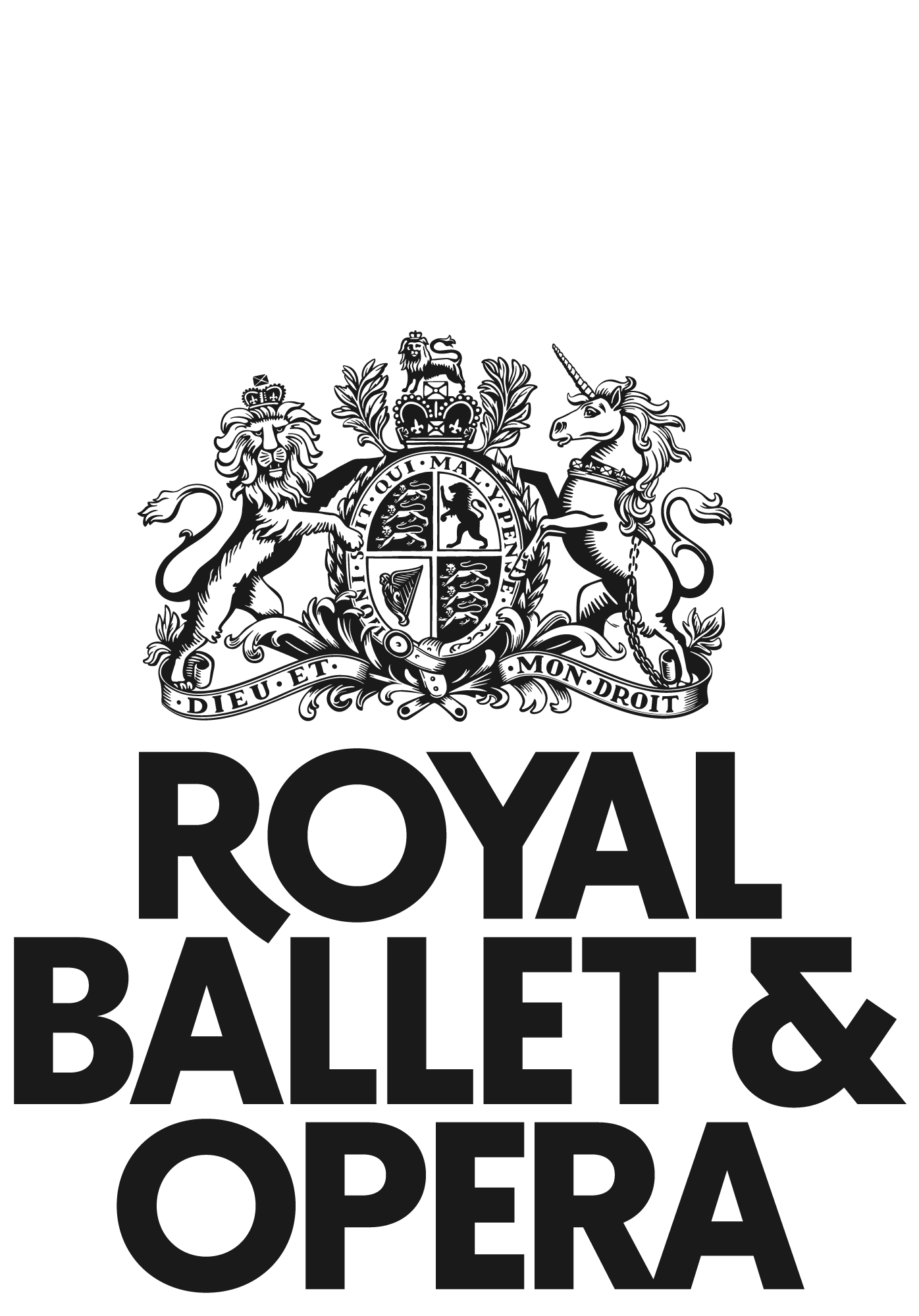John Cranko
Biography
South African choreographer and director John Cranko (1927–73) was a key figure in 20th-century European ballet. He was a remarkably versatile choreographer but it is principally his full-scale story ballets that continue to enjoy worldwide popularity, including Onegin (1965, 1967) and The Taming of the Shrew (1969).
Cranko was born in Rustenberg and began studying ballet in his early teens in Johannesburg. He trained with Cape Town Ballet School and created his first work, The Soldier’s Tale, for Cape Town Ballet Club in 1945. That year he moved to London to train with Sadler’s Wells Ballet School (later The Royal Ballet School) while continuing to choreograph. For the 1947/48 Season he danced with Sadler’s Wells Ballet (later The Royal Ballet) and created his first major work Sea Change in 1949. Aged 23 he retired as a dancer and became resident choreographer of Sadler’s Wells Theatre Ballet. Works from this period include the comedy ballet Pineapple Poll (1951) and his first full-length ballet The Prince of the Pagodas (1957, to a newly commissioned score by Benjamin Britten). In 1961 he was appointed ballet director of Stuttgart Ballet, which under his directorship became one of Europe’s finest dance companies. Other positions included chief choreographer of Munich State Opera Ballet (1967–71).
Though Cranko’s output was cut short by his early death, his unique fluency as a storyteller can be seen not only in his works but also in those of the choreographers he influenced, who included Kenneth MacMillan and Peter Wright.
Royal Opera House Covent Garden Foundation, a charitable company limited by guarantee incorporated in England and Wales (Company number 480523) Charity Registered (Number 211775)
